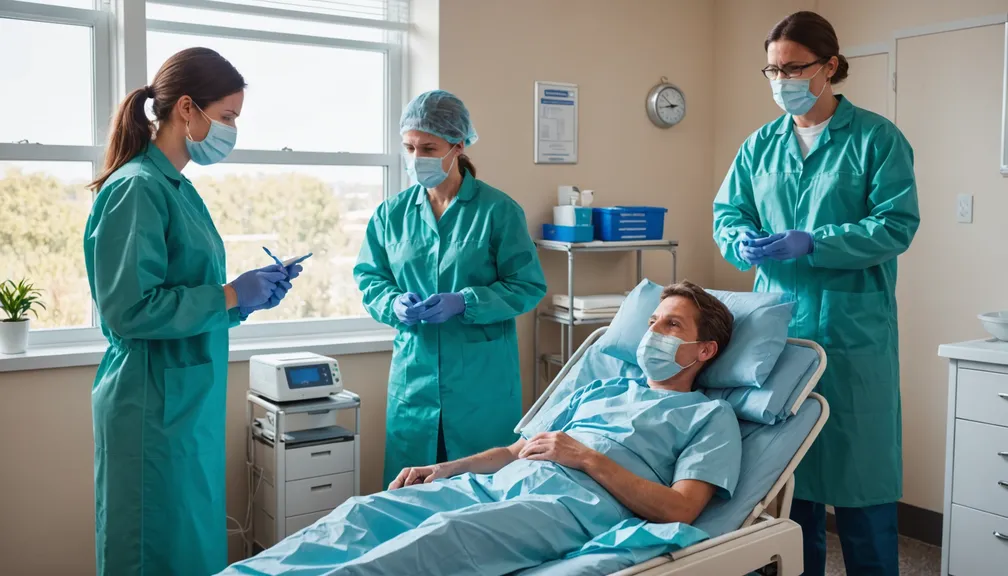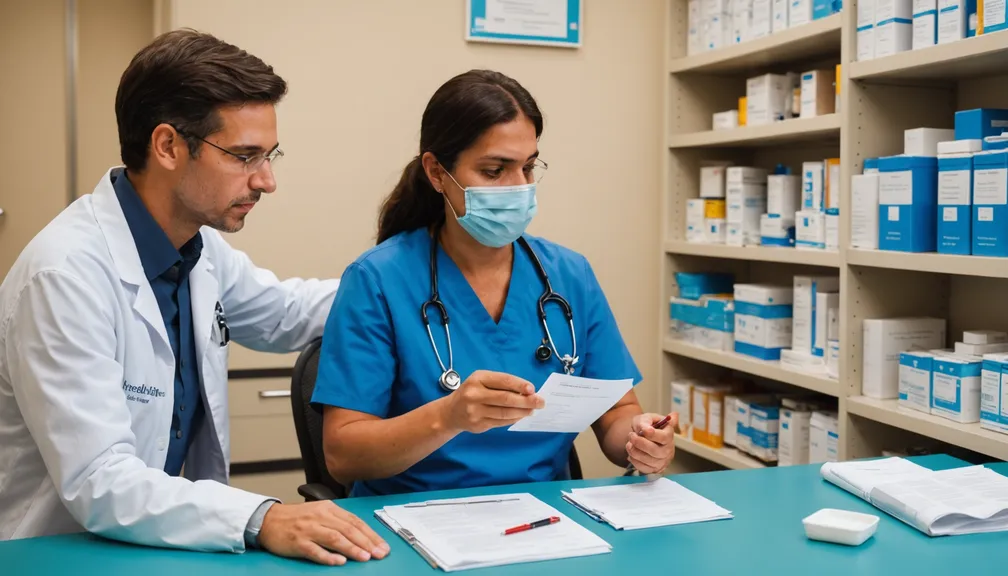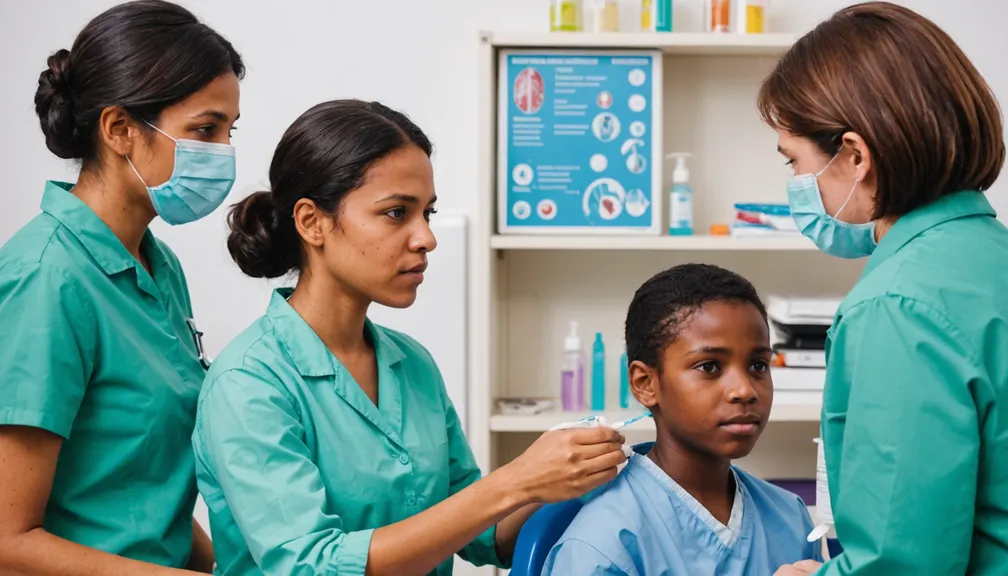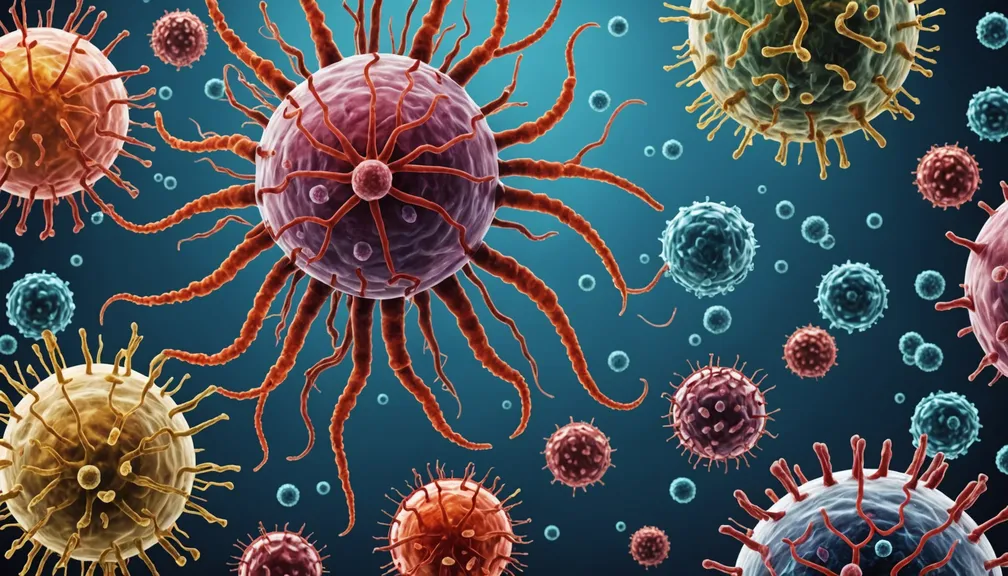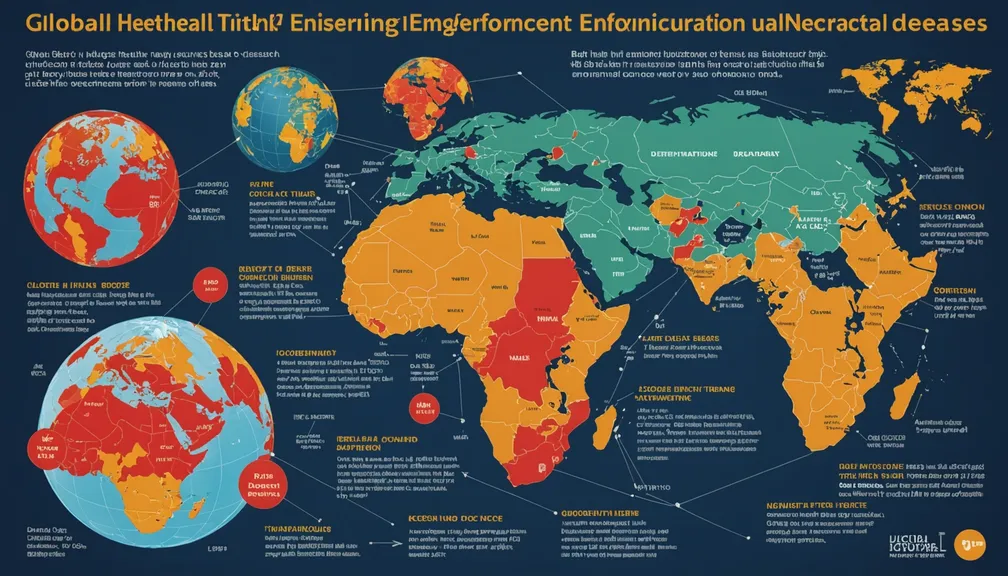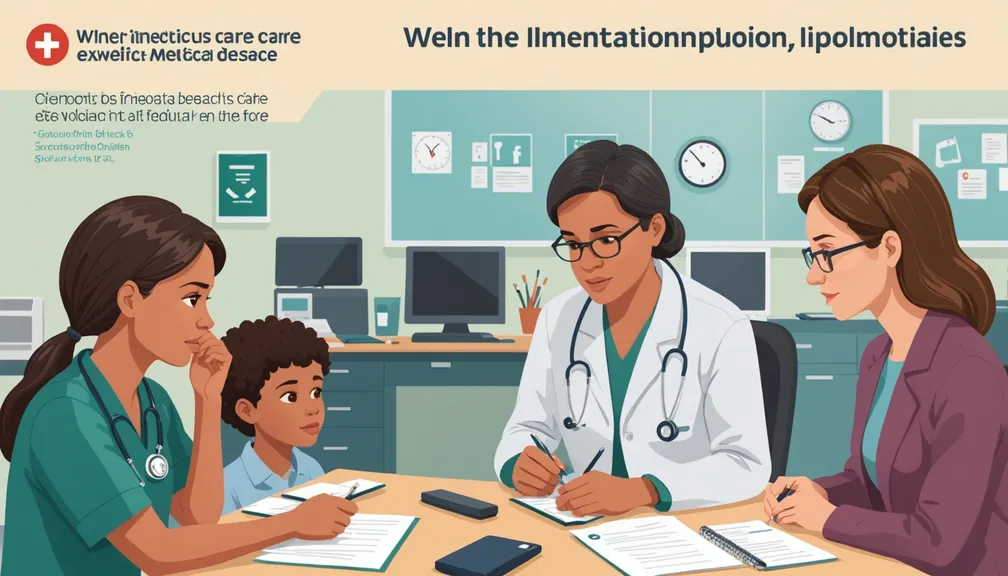Isolation and Infection Control: Protecting Others
Understanding Isolation
Isolation is a crucial strategy in preventing the spread of rare infectious diseases. It involves separating individuals who are infected from those who are not, minimizing the risk of transmission. Understanding how and why isolation is used can help you manage the disease effectively while safeguarding your loved ones.
Importance of Infection Control
Infection control measures are essential to prevent the spread of pathogens, especially those that are uncommon and potentially severe. Effective infection control protects not only the patient but also family members, caregivers, and the broader community.
Best Practices for Isolation at Home
To maintain a safe environment while isolating, consider the following practices:
- Designate a Private Space: Use a specific room and bathroom for the patient whenever possible.
- Limit Visitors: Only essential visitors should be allowed, and they must follow all safety protocols.
- Use Personal Protective Equipment (PPE): Wear masks, gloves, and gowns as recommended when interacting with the patient.
- Avoid Sharing Personal Items: Items like utensils, towels, and bedding should not be shared.
Personal Hygiene Measures
Maintaining good personal hygiene is vital in controlling infection:
- Hand Washing: Wash hands thoroughly with soap and water for at least 20 seconds, especially after contact with the patient or their environment.
- Respiratory Hygiene: Cover your mouth and nose with a tissue or your elbow when coughing or sneezing. Dispose of tissues immediately.
- Regular Cleaning: Clean and disinfect frequently touched surfaces daily, such as doorknobs, light switches, and electronic devices.
Avoiding Transmission in Shared Spaces
If isolation rooms are not available, take extra precautions in shared areas:
- Maintain Physical Distance: Keep a safe distance from others in common areas.
- Use Barriers: Install physical barriers like curtains or screens to reduce the risk of airborne transmission.
- Ventilation: Ensure good airflow by keeping windows open or using air purifiers to decrease the concentration of airborne pathogens.
Protecting Loved Ones Outside the Home
Preventing the spread of infection extends beyond your immediate household:
- Avoid Public Places: Limit outings to reduce the risk of transmitting the infection to others.
- Educate Family and Friends: Inform them about the disease and the necessary precautions to take if they come into contact with the patient.
- Use Delivery Services: Opt for contactless deliveries for groceries, medications, and other essentials to minimize interactions.
Cleaning and Disinfection Protocols
Proper cleaning and disinfection are critical components of infection control:
- Use Appropriate Disinfectants: Select EPA-approved disinfectants effective against the specific pathogen.
- Follow Instructions: Adhere to the manufacturer's guidelines regarding contact time and dilution.
- Dispose of Waste Safely: Handle and dispose of contaminated materials, such as tissues and PPE, in sealed bags to prevent contamination.
When to Seek Medical Help
Monitor the patient’s condition and know when to seek professional assistance:
- Worsening Symptoms: Contact a healthcare provider if symptoms like difficulty breathing, persistent pain, or high fever occur.
- Emergency Signs: Seek immediate medical attention for severe symptoms such as chest pain, confusion, or bluish lips.
- Regular Check-Ins: Maintain regular communication with your healthcare team to report any changes in the patient’s condition.
Healthcare Professionals Who Can Assist
Several types of healthcare providers can support you in managing rare infectious diseases:
- Infectious Disease Specialists: Experts in diagnosing and treating complex infections.
- Primary Care Physicians: Provide ongoing care and coordinate with specialists as needed.
- Nurses and Home Health Aides: Offer daily care and help with medical tasks at home.
- Public Health Officials: Provide guidance on infection control measures and outbreak management.
- Mental Health Professionals: Assist in coping with the emotional and psychological impact of isolation and illness.
By following these guidelines and working closely with healthcare professionals, you can effectively manage rare infectious diseases while protecting yourself and those around you.
